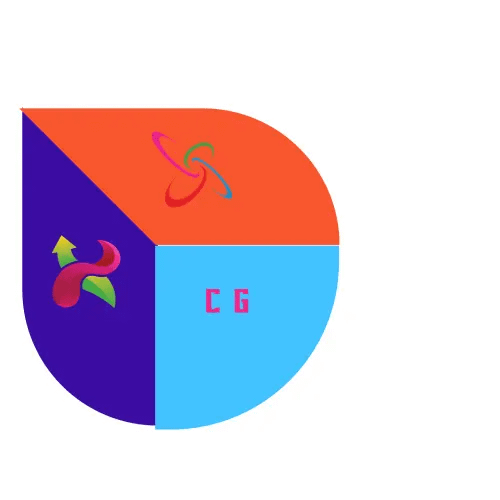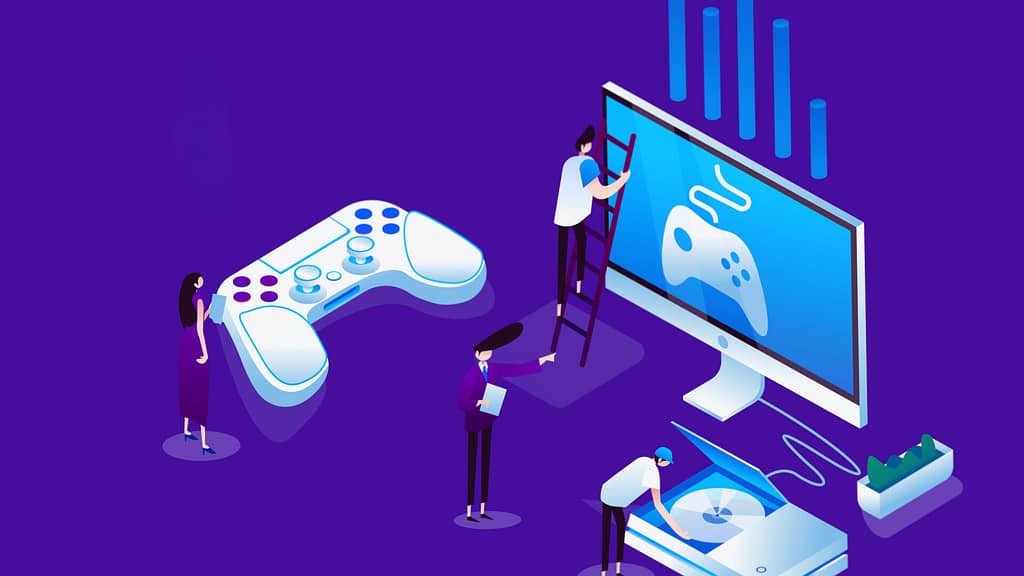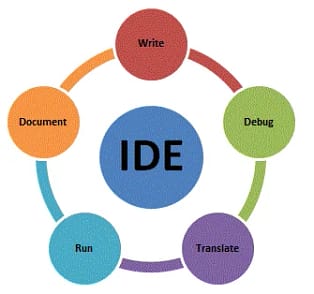The size of gaming industry is increasing everyday, with new games being released every day. If you have a creative vision and a passion for gaming, now is the perfect time to bring your game idea to life. Today we gonna talk about how to make game.
By understanding the key steps and techniques involved in game development, you can take the first step towards creating your very own game.
Creating a video game may seem like a daunting task, but with the right tools, resources, and determination, anyone can learn how to make a game. In this article, we will guide you through the process of how to make game from start to finish.
How to Make Game:
Whether you’re a seasoned game developer or a beginner looking to dip your toes into game design, this article will provide you with the information you need to get started.
Step 1: Choose a Game Engine
The first step in making a game is to choose a game engine. A game engine is a software development environment that provides all the tools and features you need to create a game.
There are many game engines available, having their own features and characteristics but some of most popular game engines include Unity, Unreal Engine, and Godot. Research each game engine to determine which one best suits your needs and abilities.
Step 2: Learn the Basics of Game Design
Before diving into game development, it’s important to understand the basics of game design. This includes learning about game mechanics, level design, storytelling, and user experience.
There are many online resources available that offer tutorials and courses on game design principles. Take the time to familiarize yourself with these concepts before moving on to the next step.
Step 3: Create a Game Concept
Once you have a good understanding of game design, it’s time to come up with a game concept. Think about the type of game you want to create, the storyline, characters, and gameplay mechanics.
Creating a concept for a game involves developing the overall idea and vision for the game, including its story, characters, mechanics, and aesthetics. This process typically starts with brainstorming and research to identify the target audience, genre, and core gameplay elements.
From there, game designers work to refine and flesh out the concept, often through prototyping, playtesting, and iteration.
A strong concept serves as the foundation for the entire game development process, guiding decisions and ensuring consistency throughout the project. It is essential for capturing players’ interest and setting the game apart in a crowded market.
Consider your target audience and what they would enjoy in a game. Brainstorm ideas and refine them until you have a solid game concept that you’re excited about.
Step 4: Design the Game
With your game concept in mind, it’s time to start designing your game. This includes creating the game’s visual assets, such as characters, environments, and animations. You can use programs like Photoshop or GIMP to create 2D assets, or Blender for 3D assets.
Consider creating a game design document outlining the game’s features, mechanics, and objectives to keep you on track throughout the development process.

Step 5: Develop the Game
Now comes the fun part – developing the game! Use your chosen game engine to start bringing your game concept to life. This involves programming gameplay mechanics, implementing assets, and testing the game for bugs and glitches. I hope you were enjoying the journey on how to make game.
Don’t be afraid to experiment and iterate on your game design as you go. Game development is a dynamic process that requires flexibility and creativity. You can use Gaming Engines to develop a game like unity.

Step 6: Test and Iterate
Once you have a playable version of your game, it’s time to test it rigorously. Invite friends, family, or fellow game developers to playtest your game and provide feedback. Use this feedback to identify areas for improvement and make necessary adjustments.
Testing and iteration are essential parts of the game development process and will help ensure your game is polished and engaging.
Step 7: Publish and Promote
Finally, it’s time to publish your game and share it with the world. There are many platforms where you can publish your game, such as Steam, itch.io, or the App Store. Make sure to create a compelling game description, screenshots, and a trailer to attract players.
Promote your game on social media, forums, and gaming communities to reach a larger audience. Engage with players and gather feedback to continue improving your game.
Promoting a game can be done through various strategies such as social media marketing, influencer partnerships, press releases, and advertising on relevant platforms.
Engaging with your target audience through teaser trailers, behind-the-scenes content, and interactive demos can also help generate interest and build anticipation for the game.
Building a strong online presence, creating a website or blog for the game, and attending gaming conventions or events can also be effective ways to promote the game and attract players. Ultimately, the key is to create a buzz around the game and generate excitement among gamers.
If you wanna know about how to ear monet from game development then I’ll highly recommend you reading this blog.
Frequently Asked Questions (FAQs):
Q: Do I need to have coding experience to make a game?
A: While coding experience is helpful, it’s not necessary to make a game. Many game engines offer visual scripting tools that allow you to create gameplay mechanics without writing code. However, learning basic programming concepts can be beneficial for game development.
Q: How long does it take to make a game?
A: The time it takes to make a game varies depending on the complexity of the game and your level of experience. Simple games can be created in a matter of weeks, while larger, more intricate games can take months or even years to develop.
Q: Can I make a game by myself?
A: Yes, it is possible to make a game by yourself, especially with the abundance of resources and tutorials available online. However, working with a team of developers, artists, and designers can help speed up the development process and improve the quality of the game.
Conclusion:
In conclusion, learning how to make game is a rewarding and challenging journey that requires dedication, creativity, and perseverance.
By following the steps outlined in this article and continuously improving your skills, you can create a game that captivates players and brings your creative vision to life.
Good luck on your game development adventure! I hope this blog help you fundamental’s of how to make game. If any question go and ask me n contact section.



